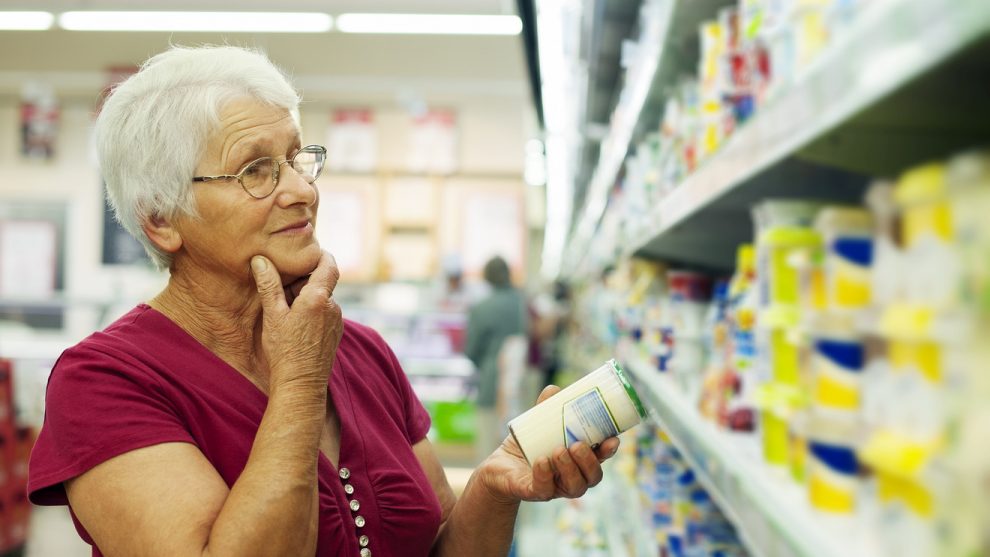
Senior citizens are struggling to afford enough food in the U.S. and the problem appears to be getting worse.
An alarming 1 in 12 seniors aged 60 and older — 5.5 million or 7.7% of the senior population — didn’t have enough food in 2017, the latest year for which data was available, according to a new study by Feeding America, a nonprofit organization that operates more than 200 food banks.
Economic constraints lead some seniors to eat less or skip meals, an epidemic that will negatively affect more than 8 million food-insecure seniors in the U.S. by 2050, according to “The State of Senior Hunger in America” report.
New Mexico, Louisiana and Mississippi are the three states with the highest number of seniors — more than 10% of the state’s senior population affected by the hunger crisis, followed by D.C., North Carolina, Texas, Alabama and Rhode Island, it added.
Two-thirds of hungry seniors have incomes above the federal poverty line
Two-thirds of all hungry seniors (65.3%) have incomes above the federal poverty line ($12,140 a year, or $1,012 per month for a single person household in 2017). And younger seniors — aged 60 to 64 — are twice as likely to be food insecure as seniors who are 80 or older.
While food insecurity is associated with income, it isn’t just limited to people living in poverty, researchers found. Some seniors end up skipping meals due to the high cost of health care, housing, utilities and transportation, the study suggests.
There’s a number of economic factors that could be contributing: A staggering 3 million senior citizens aged 65 and up are paying off their student loans, totalling up to $86 billion, CBS news reported. And many are having their Social Security benefits wiped out to pay off their debt.
Not all seniors are all aware or able to access public-health benefits. Around 5 million households with a senior receive, on average, $125 per month in SNAP (Supplemental Nutrition Assistance Program) benefits, yet only 2 in 5 SNAP-eligible seniors are enrolled in the program.
Low income and rising costs are a dangerous combination. About 40% of middle-class Americans will live close to or in poverty by the time they reach age 65, according to a study by the Schwartz Center for Economic Policy Analysis at the New School.
See also: This is the alarming number of children in America who can’t afford food
Get a daily roundup of the top reads in personal finance delivered to your inbox. Subscribe to MarketWatch’s free Personal Finance Daily newsletter. Sign up here.











Add Comment